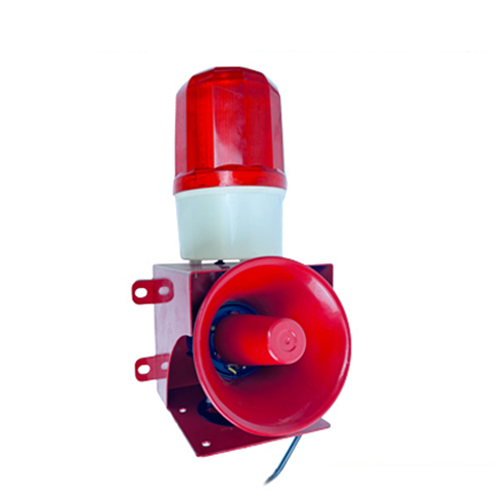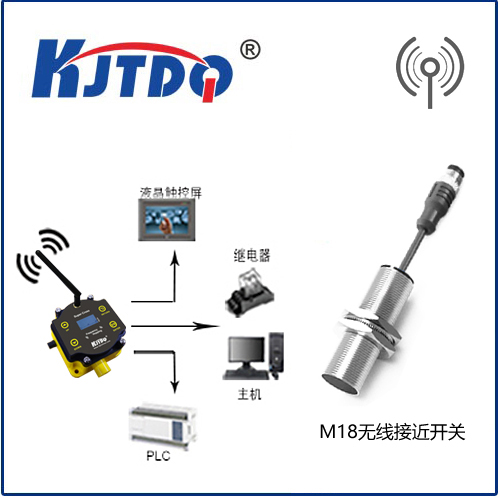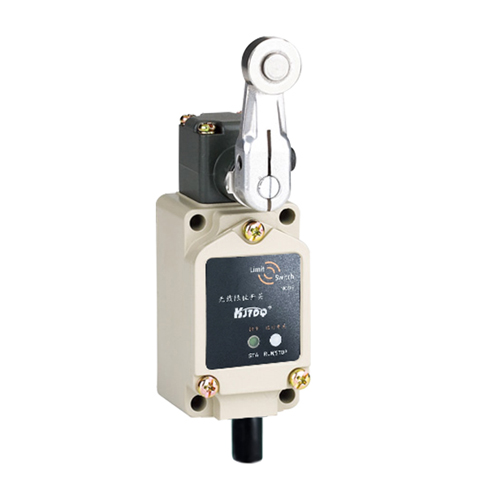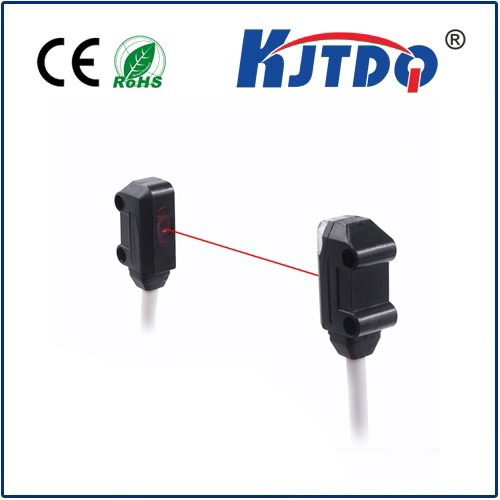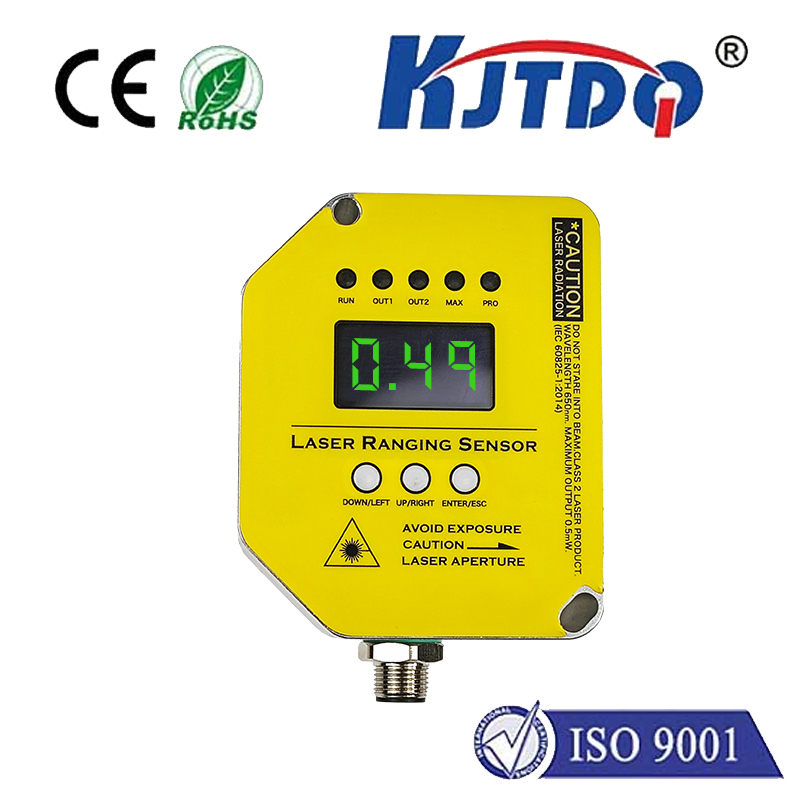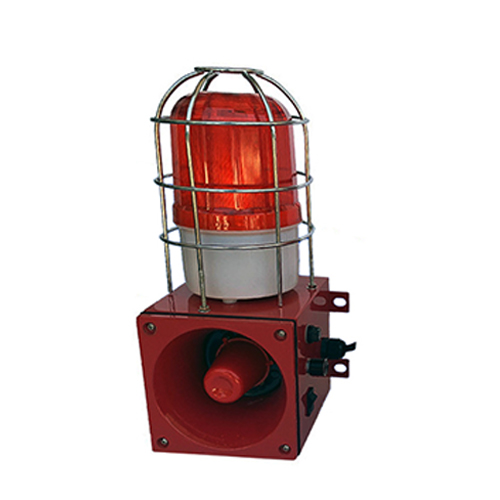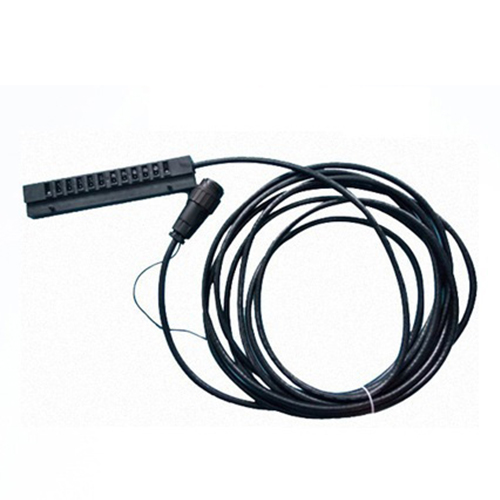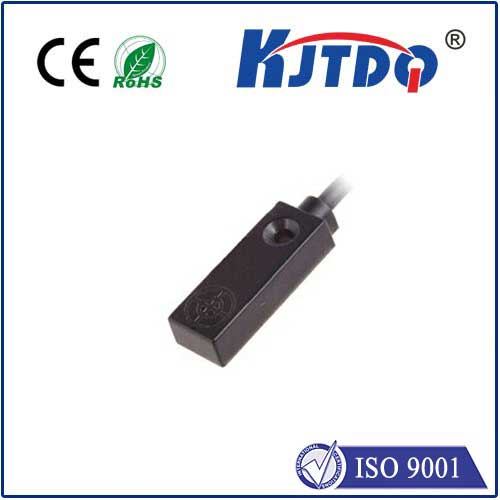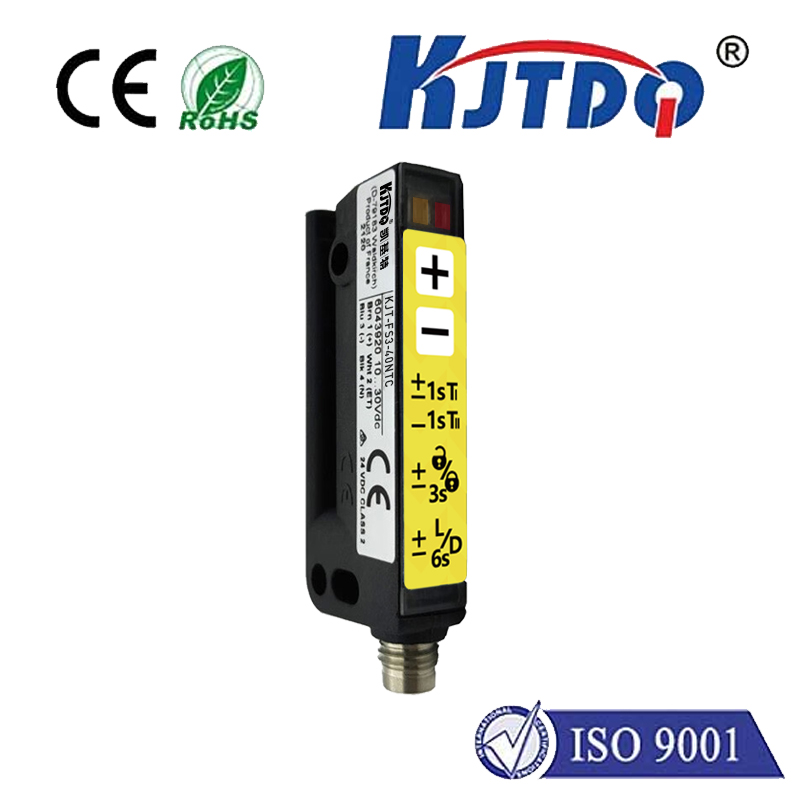BES00H1 high pressure proximity sensor
- time:2025-09-30 16:21:24
- Click:0
BES00H1 High Pressure Proximity Sensor: Unwavering Detection Under Extreme Conditions
When hydraulic pressures climb beyond 500 bar, machinery demands pulse-pounding performance, and failure is not an option, standard sensors simply won’t suffice. Vibrations shake components, aggressive fluids threaten seals, and intense pressures challenge structural integrity. This is the demanding arena where the BES00H1 high pressure proximity sensor truly shines, emerging as a champion of reliable, non-contact position monitoring in the most challenging industrial environments.
Understanding the Challenge: Proximity Sensing Under Duress
Proximity sensors are ubiquitous in automation, detecting the presence or absence of metallic objects without physical contact, typically using electromagnetic fields. However, standard inductive proximity sensors are designed for general industrial conditions. Introduce extreme pressure – common in hydraulic power units, heavy presses, offshore equipment, or high-pressure test rigs – and vulnerabilities become apparent:
- Seal Failure: Pressure differentials can force lubricants or hydraulic fluid past inferior seals, damaging internal electronics.
- Housing Deformation: Excessive pressure can physically distort sensor housings, altering sensing characteristics or causing total failure.
- Signal Instability: Vibrations inherent in high-pressure systems can interfere with sensor electronics, leading to erratic signals or false triggers.
- Environmental Degradation: Many high-pressure environments are also exposed to temperature extremes, shock, or corrosive media.
The BES00H1 is engineered from the ground up to not just survive, but thrive, in these punishing conditions.
The Engineering Behind the BES00H1’s High-Pressure Prowess
The designation “BES00H1” isn’t arbitrary; it signifies a specific design philosophy focused on durability and reliability under stress. Key engineering features typically characterize such a high-pressure proximity sensor:

- Robust, Pressure-Rated Housing: Constructed from high-grade stainless steel (often 316L or equivalent), the housing is designed to withstand continuous exposure to pressures significantly higher than standard sensors. Design elements like reinforced walls and optimized geometries minimize deformation under load.
- Advanced Sealing Technology: This is critical. The BES00H1 employs sophisticated multi-stage sealing systems. Expect high-performance elastomers like FKM (Viton®) or FFKM combined with precision metal seals, ensuring an exceptional barrier against fluid ingress even under extreme pressure cycling. Ratings like IP67, IP68, IP69K, and specific pressure ratings (e.g., 600 bar static pressure / 400 bar dynamic pressure) are common benchmarks.
- Vibration and Shock Resistance: Internal components are meticulously secured using shock-absorbing mounts and potting compounds. This dampens vibrations and protects sensitive electronics from impacts inherent in heavy machinery.
- Temperature Compensation: Wide operating temperature ranges (e.g., -25°C to +100°C or beyond) are managed through stable circuitry designed to minimize drift, ensuring consistent switching points regardless of thermal fluctuations.
- EMI Resistance: Electromagnetic interference from powerful motors or switching systems is mitigated through shielded cables and robust internal filtering, guaranteeing signal integrity.
These features converge to deliver unparalleled operational stability where lesser sensors falter.
Where the BES00H1 High Pressure Proximity Sensor Makes the Critical Difference
The unique capabilities of the BES00H1 high pressure proximity sensor make it indispensable in numerous critical applications:
- Hydraulic Systems: Monitoring piston end positions in high-pressure cylinders, detecting valve spool position, confirming clamp closure in injection molding machines or heavy presses. Reliable detection prevents over-travel and catastrophic failure.
- Oil & Gas / Offshore: Position feedback on subsea valves, blowout preventers (BOPs), and downhole tools operating at immense pressures. Robustness and sealing are paramount for safety and uptime.
- Power Generation: Monitoring critical components within high-pressure steam turbines or hydraulic pitch control systems on wind turbines. Resilience against thermal cycles is essential.
- Heavy Machinery: End-of-stroke detection on excavator booms, loader arms, or bulldozer rams subjected to high dynamic loads and vibrations.
- Automotive Test Rigs: Monitoring component positions within engines or transmissions undergoing extreme pressure testing.
- Chemical Processing: Position feedback on valves and actuators handling aggressive media within pressurized lines, requiring both pressure resistance and chemical compatibility.
In each scenario, the BES00H1 provides crucial feedback, ensuring operational safety, enabling precise control, maximizing efficiency, and preventing costly downtime caused by sensor failure.
Key Benefits Driving Adoption
Choosing the BES00H1 high pressure proximity sensor translates into tangible operational advantages:
- Exceptional Reliability & Longevity: Engineered to withstand extreme conditions, minimizing unexpected failures and extending service life significantly beyond standard sensors. Less downtime means higher productivity.
- Enhanced Safety: Reliable detection in critical high-pressure systems is fundamental to preventing dangerous malfunctions or accidents.
- Reduced Maintenance Costs: Superior sealing and robust construction drastically reduce the need for frequent replacements or repairs caused by pressure or environmental damage.
- Process Stability and Accuracy: Consistent, glitch-free operation ensures precise position feedback, vital for maintaining product quality and process efficiency in sensitive applications.
- Versatility: Compatibility with diverse metallic targets (steel, stainless steel, aluminum, etc.) and resilience against various industrial media make it a flexible solution.
Selecting the Right High Pressure Proximity Sensor: BES00H1 Considerations
While the BES00H1 high pressure proximity sensor represents a specific high-performance solution, ensuring the right fit requires attention to application specifics:
- Operating Pressure: Confirm both static and dynamic pressure requirements. Dynamic pressures (e.g., from hydraulic ram movement) can be significantly higher than static system pressure.
- Media Compatibility: Ensure housing material (usually 316L stainless steel) and seal materials (FKM/Viton®, FFKM, HNBR) are compatible with the surrounding fluids (oil, water-glycol, seawater, chemicals).
- Temperature Range: Verify the sensor’s specified operating and storage temperatures align with the application’s extremes.
- Sensing Distance & Target: Check the nominal sensing range and ensure the target material and size fall within the sensor’s specifications. High-pressure housings can sometimes slightly reduce sensing distance compared to standard sensors.
- Electrical Requirements: Select the correct output type (PNP/NPN, NO/NC), voltage range, and connection type (cable, connector). Ensure compatibility with the control system.
- Certifications: Check for necessary industry certifications (ATEX, IECEx, UL, cULus, etc.) if operating in hazardous areas or requiring specific safety standards.
Consulting datasheets and supplier expertise is essential. Never compromise on the specified pressure and media ratings.
The Indispensable Guardian of High-Pressure Reliability
In the relentless world of industrial automation, where pressures soar and environments punish, standard components become liabilities. The BES00H1 high pressure proximity sensor transcends these limitations. Its meticulously engineered design – characterized by a pressure-resistant housing, advanced sealing, vibration immunity, and unwavering signal integrity – provides the robust and reliable non-contact detection essential for safe,






